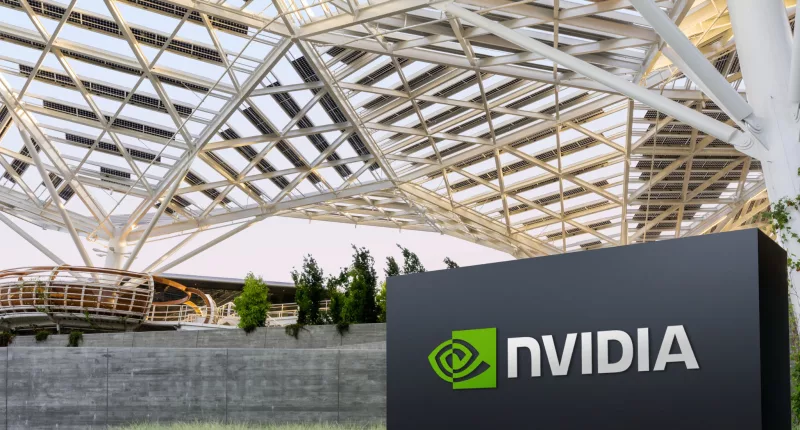Nvidia, which is nearing $3Tn in market cap and looking to take over Apple soon, is pushing further on the peddle. At the recent Computex trade show in Taiwan, CEO Jensen Huang revealed that the company will release entirely new AI chip families on an annual basis, as was highlighted by the announcement of the Blackwell Ultra chip for 2025 and a next-generation platform called Rubin for the year after.
This development comes at a time when there is intensifying competition in the AI chip market. Established players like AMD and Intel are pouring resources into developing competitive solutions, though Nvidia remains far ahead, while a wave of ambitious startups are also vying for a piece of the pie.
The immediate future will see the release of the Blackwell Ultra chip, which will be rolling out next year. This announcement comes on the heels of the previously revealed Blackwell architecture. Specific details about the Blackwell Ultra remain undisclosed, but it will feature 12Hi memory stacks across 8 sites. The centerpiece of Nvidia’s roadmap, however, is the unveiling of the Rubin platform, scheduled for a 2026 launch. This next-generation AI chip architecture (named after astronomer Vera Rubin) promises to be a leap forward for AI processing power.
While specifics are yet to be revealed, the new graphics processing units (GPUs) at the heart of the Rubin platform are claimed to deliver enhanced performance and capabilities specifically tailored for AI applications. It is expected that the Rubin R100 GPUs will use a 4x reticle design. To add to this, the chipmaker is also introducing a brand new central processing unit (CPU) codenamed Vera. This Arm-based CPU is expected to offer a substantial performance boost compared to current offerings, further bolstering the overall processing power of the Rubin platform, while the new Vera Rubin Accelerator Board will combine a Rubin GPU with the new Vera CPU, creating a powerful integrated package specifically designed for data center applications.
Furthermore, the company’s earlier-announced products like Spectrum X for networking and Nvidia Inference Microservices (NIM) are now generally available. These microservices enable faster deployment of AI services by simplifying the underlying technology, with Nvidia charging a usage fee post-deployment. The Rubin Ultra GPUs, scheduled for 2027, will support advanced HBM4 stacks, aligning with Nvidia’s “one-year rhythm” for releases.
“We are seeing computation inflation,” Huang commented on the matter, pointing to the exponential growth in data processing needs, arguing that traditional computing methods are insufficient. He also claimed that Nvidia’s technology reduces costs by a staggering 98%, while reducing the energy used by 97%. Going forward, to support software developers, Nvidia is offering new tools and pretrained AI models designed to handle complex tasks, such as determining whether to process data locally or via data centers. Additionally, the company is launching a new server computer design through its MGX program, which accelerates product market entry for companies like Hewlett Packard Enterprise and Dell Technologies.
The Tech Portal is published by Blue Box Media Private Limited. Our investors have no influence over our reporting. Read our full Ownership and Funding Disclosure →






